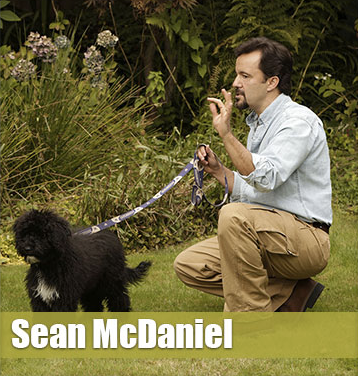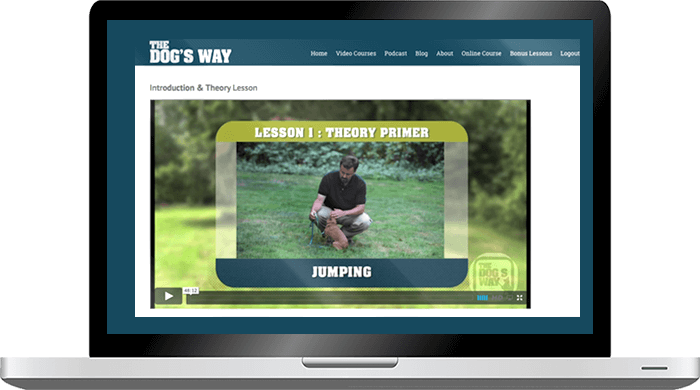Session 91: The “Sit” Command (Part THREE-Sit and Say Progression)
While you’re all stuck at home, hopefully you’ve all stayed safe – and hopefully you’ve been working on parts one and two of the “sit” command with your dog! In today’s episode we’ll work on sit by moving toward the “stay” progression; and I’d highly encourage you to go back and listen to the previous two episodes if you haven’t already before jumping into this lesson! Here are the links;
So we’ll start with a competency check of sorts – a very important part before progressing to “stay”.
I have taken a small excerpt from my video training series to provide a visual look at the progression of the “sit” command and included it below.
And I’d LOVE if you’d subscribe to my YouTube channel by clicking here;
Share This Story, Choose Your Platform!
Emails from the Previous Sit Command Sessions:
Margie in Toronto, Canada
Margie asks about the sit command, but asks about the age appropriateness for this command as it applies to her two dogs (but a bit more specific to my video training series version of this lesson). I’ll talk about the age differences and I also have a brief edited version of the video clip from my dog training series to give you a bit of a visual idea of the sit lesson!
Direct link to the video clip on YouTube (new window)
Direct link to the video training series (new window)
Tim, Chicago, Illinois
Tim asks about recalling that Sean would teach the “puppy version” of some of these emergency sessions. I’ll go over what version of the exercises apply to his age of puppy.
Details In this Session
Phase One
In the first you were in the “luring” phase one – while you were down on a knee and weaned your way off of needing to be there and you knew you were out of phase one when you knew you could do the following;
- Stand up say “sit” command;
- Your puppy understood the command and would perform a sit 80-90% of the time;
- Your puppy would hold that for at least 5 seconds at a time;
- Say the “release” command and your puppy knew that they were done.
Phase Two
You started to challenge your puppy with the “two treat” method by working on two parts of the process;
- Increasing the amount of time your puppy would hold;
- Performing those instructions with an increased amount of distraction elements during that time.
Older Dogs (phases one and two)
For those with older/adult dogs that had difficulty doing the command without treats as a motivator, you would have gone through the “say and show” method I taught where you used 50-75 repetitions, and you increased the amount of time, and the number of distraction objects that they could do the “sit” around in phase two.

About the Author: Sean
I’ve been training people and dogs in Seattle for the last decade and a half. My main focus when working with clients every week in one-on-one, private lessons is to help people learn to get their dogs to a functional level so that they can actually enjoy spending time every day with their dog instead of stressing about their dog’s behavior issues.
Affiliate Program
Make money by referring people to the video course!
. . . . .

About Sean
I’ve been training people and dogs in Seattle for the last decade and a half. My main focus when working with clients every week in one-on-one, private lessons is to help people learn to get their dogs to a functional level so that they can actually enjoy spending time every day with their dog instead of stressing about their dog’s behavior issues.
Ask Sean a question!
If we use your question in the show, Sean will send you a coupon code for free access to the online video course!
If you have a question you’d like me to respond to on the show (and you want to hear yourself on a future episode) leave me a voice mail! 1 (844) 364-7929 or email me here.


